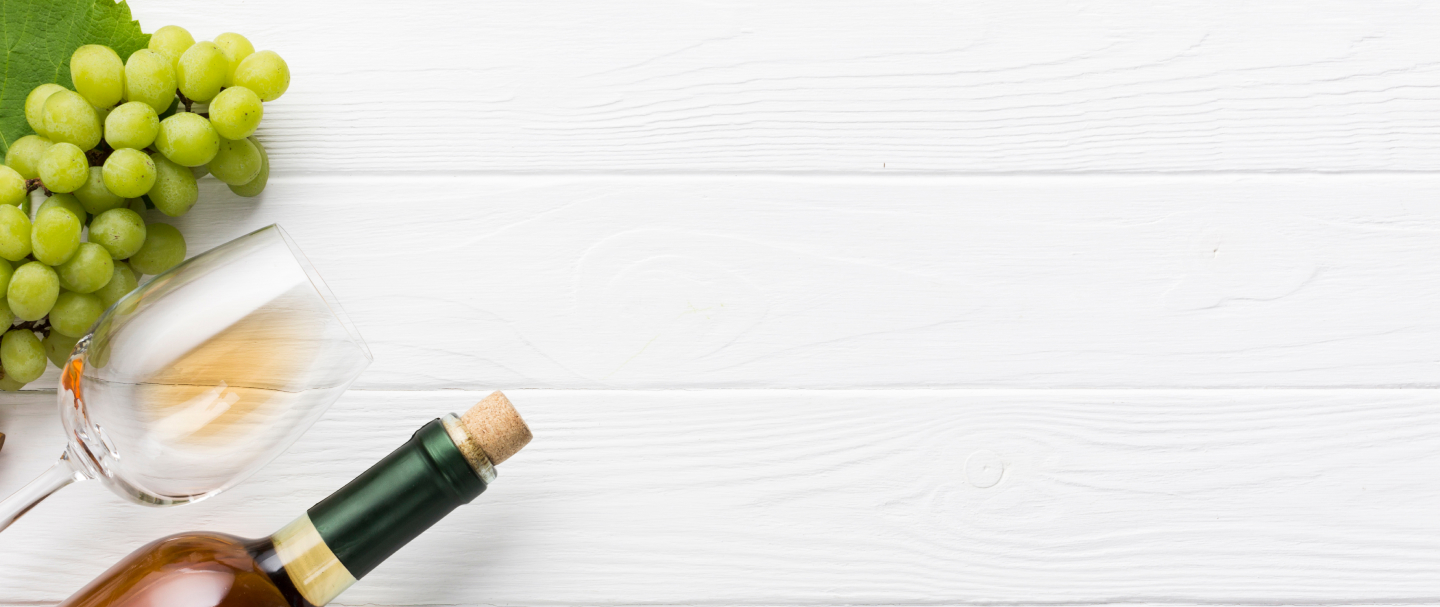Grenache Gruner Veltliner Rum Venezuela
The Grenache grape holds the honor of being the most widely planted wine grape varietal on earth. It has a long and impressive history, and has been the backbone of the some of the planet’s most respected and famed wine regions, blended with Syrah in regions such as Chateauneuf du Pape, and in certain other Loire and Languedoc regions where it reigns supreme as a single varietal wine grape. In other key areas, such as Spain’s La Rioja (where it is known as Garnacha Tinta), it is blended with Tempranillo to make that country’s signature red wine, and is widely used as a blending grape in other old and new world countries, due to its unique character and jammy, fruit forward character.
For a long time, the Grenache grape was somewhat looked down upon as an ignoble varietal, incapable of producing wines of any particular interest. However, times are very much changing - in the right hands, Grenache grapes result in astonishingly intense and complex wines, full of fascinating features, and capable of achieving plenty of expression. For a while now, Grenache has been a major player in Australian wines. While not yet quite as extensively planted down under as Shiraz is, the Barossa Valley is bringing out some of the finest examples of this grape’s wines in recent years.
Gruner Veltliner is a pale skinned white wine grape varietal most closely associated with central European countries such as Austria, the Czech Republic and Slovakia. In recent years, it has spread somewhat to several New World countries, where it is becoming gradually more popular and regularly seen in wine stores. One of the main attractions of this grape varietal for winemakers is the fact that it is highly versatile, and can be used for the production of several different wine styles, including young, dry white wines, excellent sparkling wines, and it is also a grape varietal which is well suited for aging Gruner Veltliner has the ability to express much of its terroir, and the best examples are generally those which are full of delightfully mineral-rich flavors alongside the more usual notes of citrus fruits and peach.
It is difficult to categorize rum as a single spirit, because of all the spirits found around the globe, rum is perhaps the one which varies most dramatically from place to place. Clear, white rum - a favorite for cocktail drinkers - is perhaps the most prevalent example found today, but there is a whole world of darker, spiced and molasses-rich rums to explore, thanks to the fascinating history and wide reach this drink has.
Rum came about during the colonial times, when sugar was a huge and world-changing business. The molasses left over from the sugar production industry could easily be distilled into a delicious alcoholic drink, and provided extra income for the sugar traders. Before long, it became a favorite of sailors and transatlantic merchants, and it quickly spread across the Caribbean and Latin America, where it remains highly popular today.
The production of rum is a basic and simple one - you take your molasses, add yeast and water, and then ferment and distil the mixture. However, as is often the case, the devil is in the detail. The variation in yeasts found from place to place, the maturation period, the length of the fermentation and the type of stills and barrels used provide the rainbow-colored variation that gives rum its spectrum of styles and characteristics.










